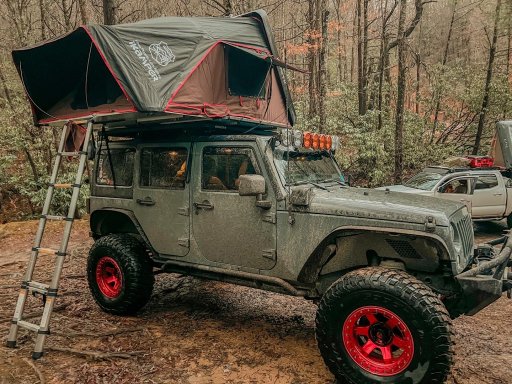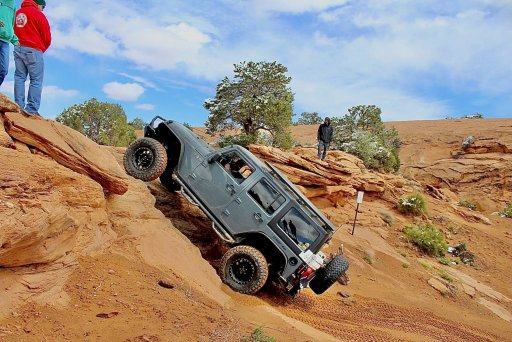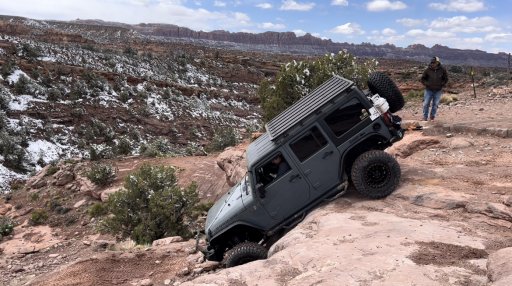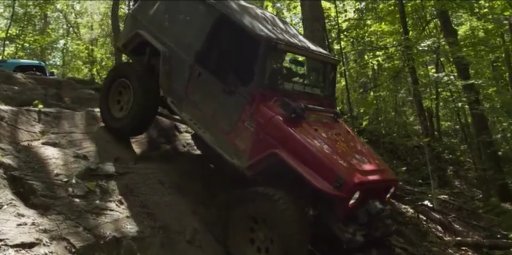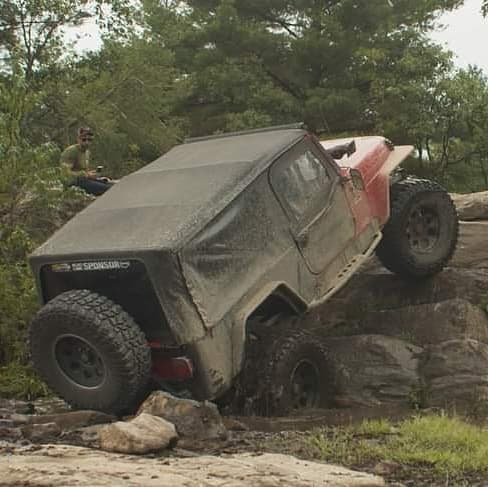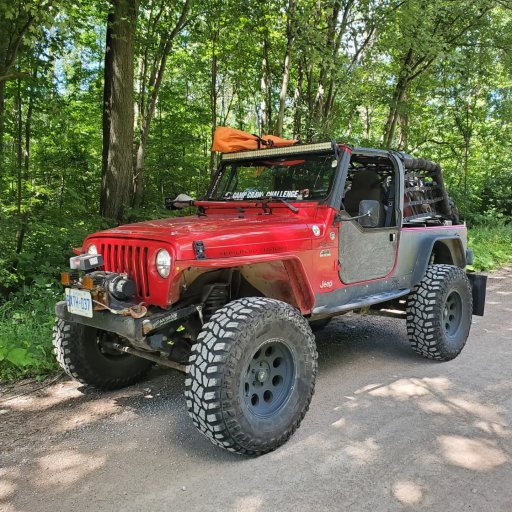@lhoffm4 Not trying to go off topic here, but there are two things on which you are in error.
Center of gravity. Center of gravity is not lowered by widening the track. Center of gravity is lowered by moving the center of gravity closer to the ground. While a greater width in proportion to height brings a similar net effect to lowering the center of gravity, it only lowers the center of gravity if the additional leverage on independent suspension components caused by adding spacers (irrelevant on a twin solid axle vehicle such as the Jeep in question) moves the vehicle closer to the ground.
Wheelbase. When you said "wheelbase" in reference to putting bolt pattern changing spacers on your trailer, you are actually referring to track. The distance between the center line of each wheel on opposite sides of the same axle is the track. The distance between the center line of two wheels on opposite axles on the same side of the vehicle is the wheelbase.
In the case of different font and rear track widths, such as my vehicle, rather than measuring wheelbase directly from one wheel to the other, you would want to make a mark on the floor exactly perpendicular to one wheel on the same side of both axles, making the line next to the narrower axle longer by 1/2 the difference in track width. If you measure directly from one wheel to the other without compensating for differences in track width in some way, your measurement will be too long, due to the fact that the hypotenuse of a right triangle is longer than either of the other two sides.
Stay in school, kids! Geometry comes in handy later.
My rig's wheelbase is 102", its front track is 66" and its rear track is 63". I also have independent front suspension and dependent rear suspension.

